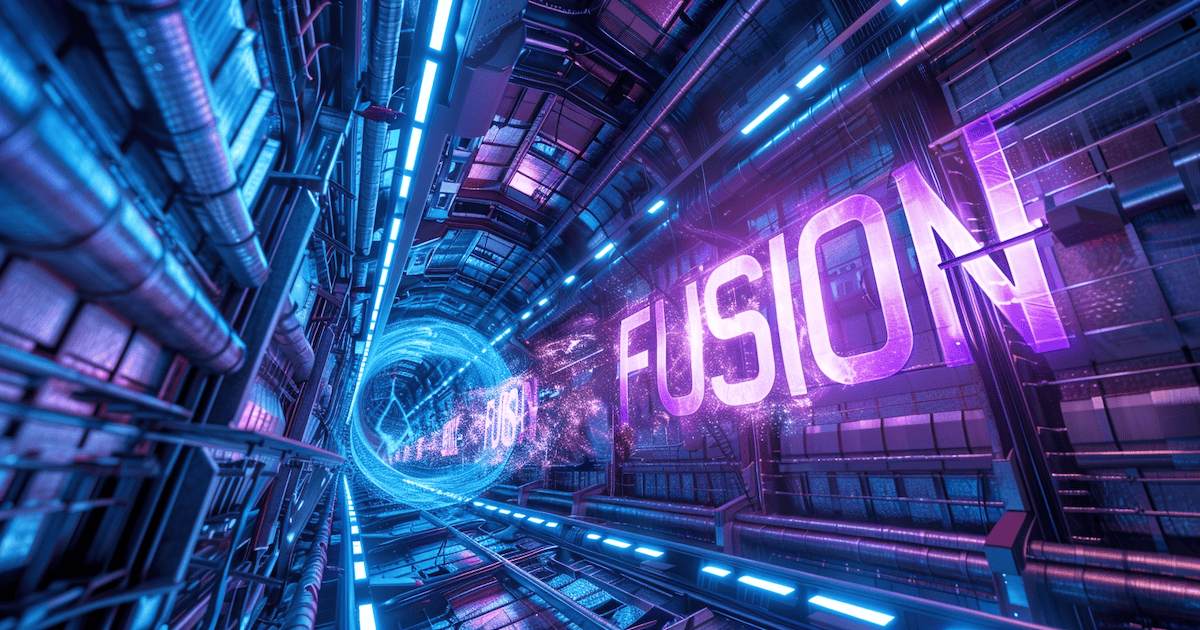
Nestled inside of a nondescript industrial building, right off of I-5 north of San Diego, is one of the most important nuclear fusion facilities in the world.
When I was working at Qualcomm, I used to live and work within a mile of the DIII-D National Fusion Facility.
The facility was within walking distance, and I have driven past it hundreds of times.
And yet, at the time, I had no idea it was there.
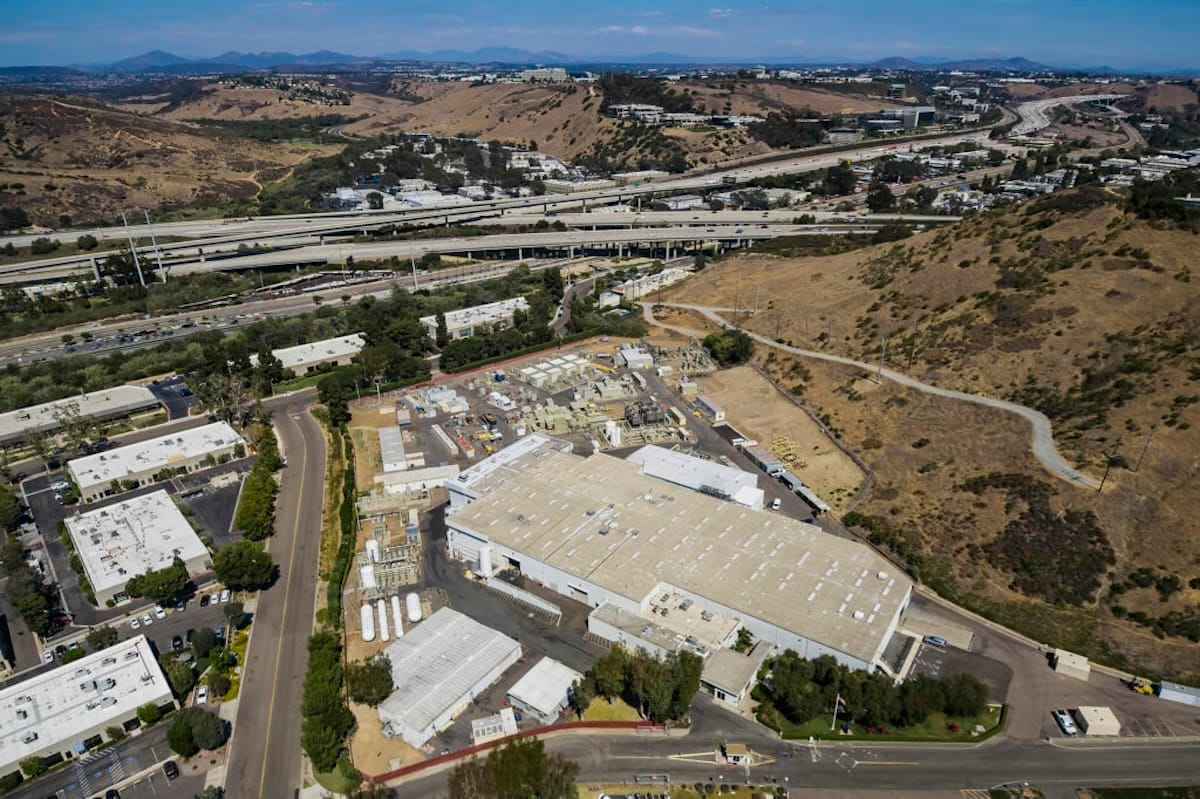
Under the purview of the U.S. Department of Energy, and hosted by private technology firm General Atomics, it represents one of the more interesting public-private partnerships working at the outer limits of clean energy production.
General Atomics is a company that not too many are aware of.
It keeps itself under the radar due to the sensitivity of many of the projects that it works on with the U.S. government. Its primary areas of focus are on defense and energy research and development.
The company is most well-known for its Predator and Reaper unmanned aerial vehicles, usually referred to as remotely piloted drones (RPAs).
These drones have modernized warfare and found vast utility in surveillance, intelligence, and precision-strike applications.
But that’s not what interests me the most about General Atomics.
The most exciting developments are happening in clean energy, specifically the DIII-D tokamak nuclear fusion reactor.
The DIII-D is the largest tokamak nuclear fusion reactor in the U.S..
It is not designed to produce clean energy for the local power grid in San Diego, but for the purposes of research and development for magnetic confinement of a nuclear fusion reaction.
Inside the DIII-D Tokamak Nuclear Fusion Reactor
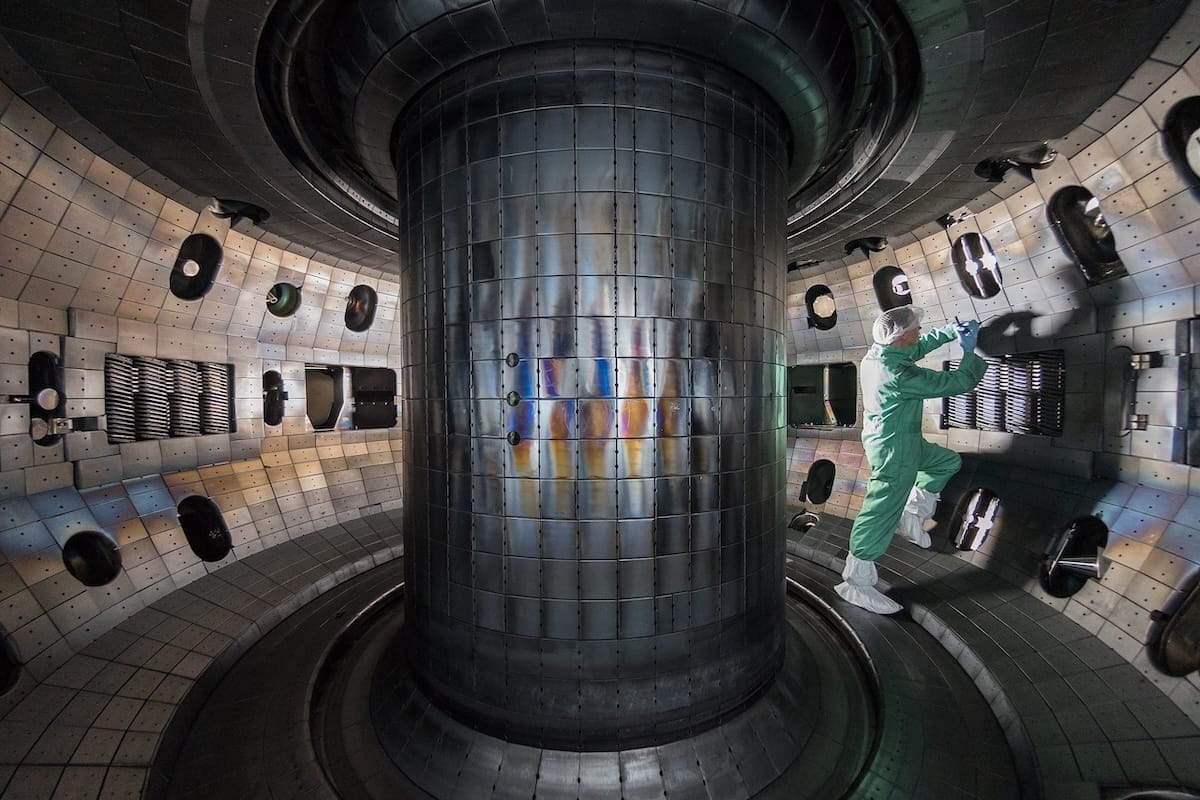
It is also the source of some incredible research that was just published a week ago in Nature.
The research concerns the use of artificial intelligence (AI) to maintain nuclear fusion reactions.
Long-time readers of my work will not be surprised that this caught my eye.
I’ve been contending for years that the most important breakthrough in nuclear fusion — the one that will accelerate our timeline to limitless, cheap clean energy — will come from AI.
(For those just joining, nuclear fusion is not the same as nuclear fission. To catch up on this topic, please have a read of this Outer Limits issue, What An Exciting Year for Nuclear Fusion — Next Year… Even Better.)
Most of the industry has been tracking and focusing on the hardware development for fusion reactors. This involves the materials required to produce large magnets — capable of producing powerful magnetic fields — for containing the intensely hot nuclear fusion plasmas.
The hardware for the many different approaches to nuclear fusion reactors already exists. Companies are already building various kinds of fusion reactors. And we’ve been tracking the success of nuclear fusion reactors around the world.
The fusion reactions that have been tested to date are still measured in seconds, or even milliseconds. That means they’re a long way from running for extended periods of time — a requirement for providing utility-scale electricity for a power grid.
The challenge has been maintaining the fusion reaction and keeping it stable.
And by the way, unlike a nuclear fission reaction, it is impossible for a fusion reaction to experience a meltdown. In other words, it’s impossible to have a 3-Mile Island or Fukushima-like meltdown event.
With nuclear fusion, when a fusion plasma is disrupted, or it “tears,” the reaction stops and thus no longer produces clean energy. There is no danger when that happens — the reaction just stops, and the reactor cools down.
As we might imagine, controlling a nuclear fusion plasma within a reactor the size shown above is no easy task. The temperatures in the DIII-D reactor can reach as high as 200,000,000 degrees Celsius, about 10-times hotter than the Sun.
Controlling the magnetic fields to contain a stable fusion plasma is not something that can be done manually, or with traditional methods.
It’s necessary to be able to predict where plasma tearing will likely occur in advance… and adjust the magnetic fields before a tear takes place.
And that’s where artificial intelligence (AI) — and the research team from General Atomics — comes into play.
Researchers in San Diego employed the use of deep neural network (DNN) technology, combined with reinforcement learning, to predict where tearing will occur in a plasma… and take corrective actions before it happens.
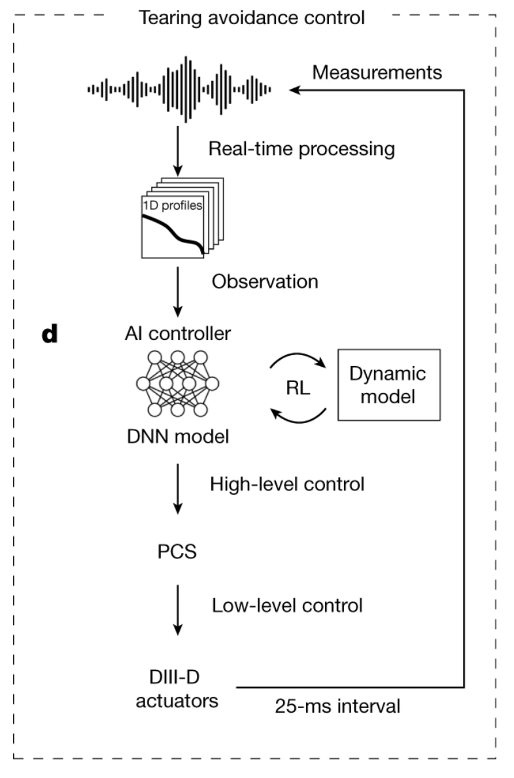
While the technology is complex, the idea is straight-forward.
The AI takes in real-time measurements of the fusion plasma, sends that information to a deep neural network (this is AI), and then applies reinforcement learning (also AI) to control the fusion reactor’s magnetic field.
And aside from the “magic” that happens inside of a deep neural network, this entire process happens in 25 millisecond intervals.
There are 1,000 milliseconds in a second. That means that this feedback loop used to control the plasma reaction happens 40 times every second.
And it is only possible because of AI.
Nuclear fusion will happen much sooner than most think, for this reason.
The key to nuclear fusion is AI, combined with powerful computing systems capable of “controlling” a fusion reaction that can run for hours, days, and months on end.
This latest research demonstrates an exciting path forward for the commercialization of nuclear fusion as a utility-scale source for clean electricity.
As I mentioned earlier, the DIII-D is not meant for producing electricity for the power grid. It’s meant for research and development.
But I do have a favorite private company that is building a tokamak for this purpose.
Commonwealth Fusion Systems (CFS) is based in the Boston area.
CFS is currently building its SPARC tokamak nuclear fusion reactor in Devens, MA.
The chamber that will contain the reactor is shown below.
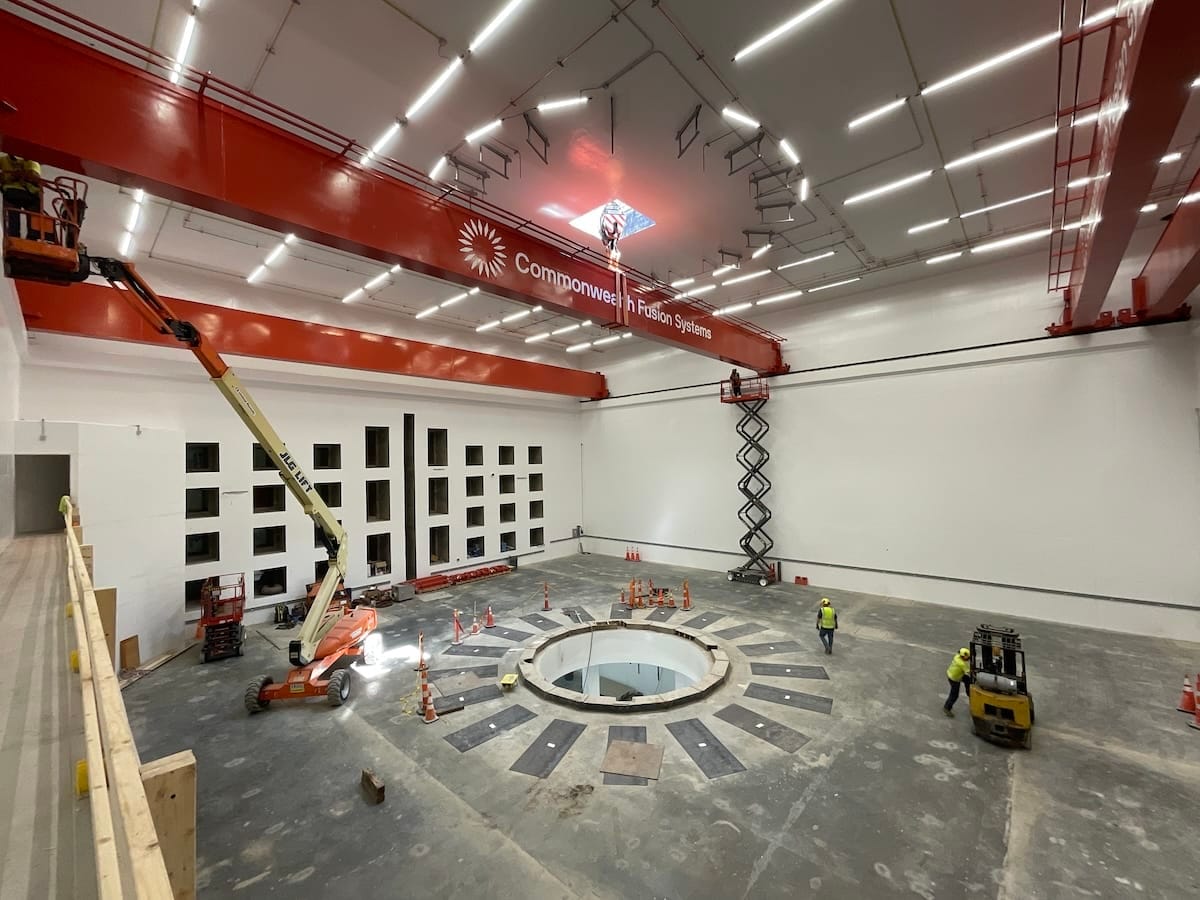
The fusion reactor that is currently being installed in the chamber will eventually look something like this.
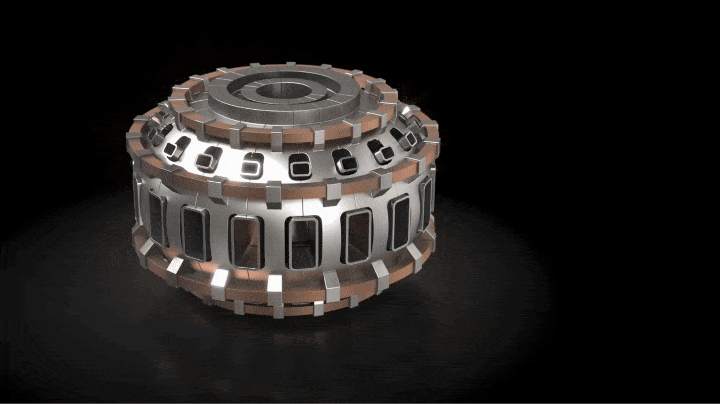
CFS’s designed magnets are already being manufactured and shipped to Devens for installation. These are the strongest fusion magnets in the world.
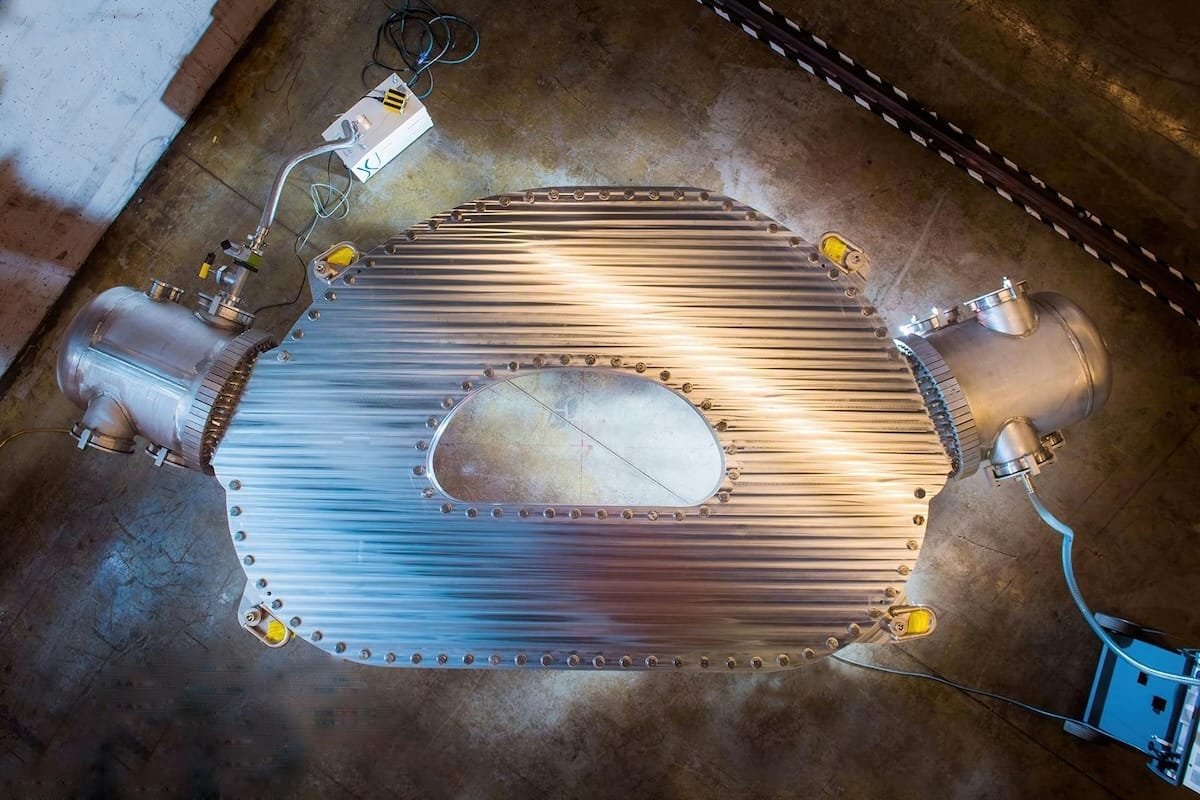
We can think of the above picture like a slice of a donut.
The interior chamber of a tokamak fusion reactor is shaped like a donut. These magnets are assembled side-by-side in a circle in order to control the plasma reaction.
And again, it’s going to be artificial intelligence that will be controlling these magnets in order to sustain a stable and net-energy-producing fusion reaction for extended periods of time.
Once CFS tests and demonstrates the SPARC reactor that can create more energy than is required to run the reactor, it will begin construction of ARC, its commercial fusion reactor design for utility-scale, clean energy production.
Each ARC fusion reactor will be capable of producing 100’s of megawatts of clean electricity that can be “plugged into” the world’s power grids.
CFS’s process of commercializing ARC begins in 2025 after successful demonstrations of SPARC as early as this year.
What’s not to be excited about?
These compact fusion reactors can be installed around the world, producing limitless clean electricity… and replace carbon-based fuel sources that emit various forms of pollution.
The footprint of a reactor is the size of a small industrial building. It can fit pretty much anywhere.
Commonwealth Fusion Systems SPARC Facility, Devens, MA
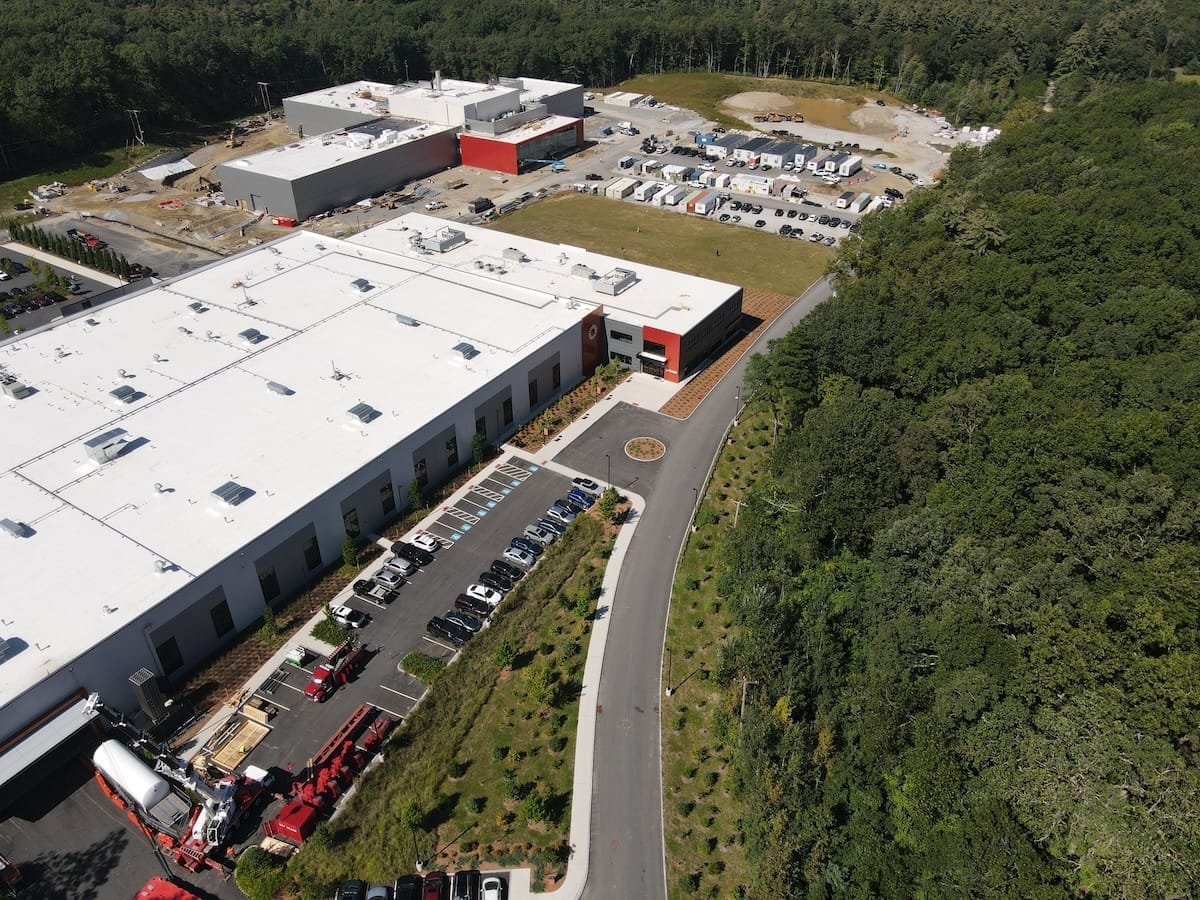
Space will not be a constraint.
And because these reactors produce net energy outputs, they will be easy to finance construction, and also result in cheaper electricity prices for consumers and businesses.
This is the path forward. This is the way.
New reader? Welcome to the Outer Limits with Jeff Brown. We encourage you to visit our FAQ, which you can access right here. You may also catch up on past issues right here in the Outer Limits archive.
If you have any questions, comments, or feedback, we always welcome them. We read every email and address the most common threads in the Friday AMA. Please write to us here.